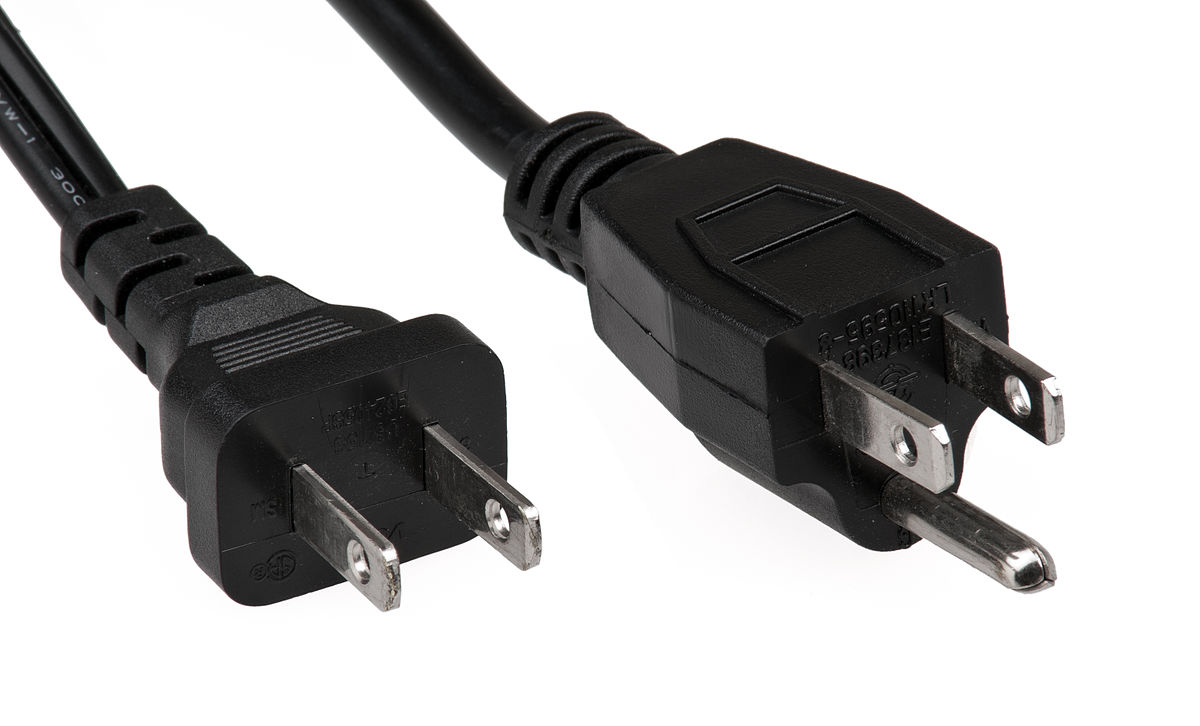(I decided to post here instead of starting a new thread, just because some of the relevant pros/cons discussion would relevant to compare and contrast across brands. But mods can decide to move if off-topic...)
So I'm seriously considering joining the Anker Solix F3800 Kickstarter campaign. The Solix F3800 is a new portable power station in the same class as the Zendure Superbase V and the EcoFlow Delta Pro. The Delta Pro might be considered more of the incumbent "brand-name" offering, but Anker is pretty well-known for years for smaller mobile-class powerbanks and charging solutions, of all these companies I would consider Anker the most likely to be around in 5-10 years, and they are standing behind that with a 5-year warranty on the F3800.
I missed the Early Bird 45% off rewards, but with the current 35% Kickstarter rewards, the price is pretty similar to Zendure's Kickstarter, as well as recent good deals on the EcoFlow. I would also consider the F3800 specs to be a hybrid of the other two, not necessarily in the best way - it's got 3.8kwh capacity similar to the EcoFlow (3.6kwh), but with the heavier 130-ish lb weight of the Zendure (4.6 kwh for the LFP model). Where it outclasses the other two is with the highest 6000W AC inverter output (or even 12000W with two units combined).
The Anker has dual 120V/240V output in a single unit like the Zendure, a huge advantage over the EcoFlow (which needs 2X plus an accessory. Since I had the PG&E BPTM installed, it means I can straight-up plug the Anker right into the meter for manual whole-house backup, just like a gas generator. In addition, all three have a smart Home Panel option for "hardwired" 240V installation, the Anker's is slightly cheaper, esp with the Kickstarter bundle.
But here is the big difference that is swinging it for me - AC Coupling, capable of supporting whole-house load-shifting. So the EcoFlow and Zendure panels are both essentially smart transfer switches, with slots that support 10-12 backed-up circuits. Anker offers a different Kickstarter bundle that's merely bundled with a manual transfer switch for "Home Backup". But the "Home Power Kit" includes both Anker's Home Panel AND a standard 12-circuit subpanel for backup. I've studied their FAQ's and animations carefully, in case of grid outage, the Home Panel does the smart switching of loads over to the subpanel for partial home backup, similar to the others (except the circuits are just in the separate box).
Now in the case of load-shifting, at first I though the Anker's AC Coupling was merely just switching backup loads over to battery power based on TOU or scheduled algorithms, which would be not much different than the other brands. But I've studied their animations carefully, this is a screenshot of evening loadshifting - they're showing the main panel being fed by both grid power AND the Anker (note that the little square box to the right of the Home Panel is the subpanel, is not in the path of the loads, like when they animate partial home backup.

So they are basically discharging the battery into the main panel loads. Now interestingly their FAQ states it is not capable of selling power back to the grid. What I think they mean is they are monitoring to ensure discharge rate does not ever export power back to the grid, maybe some regulatory reason? The Anker Home Panel comes with 3 CT's, they said 2 are for the main panel monitoring, 1 is for monitoring your main solar array. These are the three listed algorithms:
1. Backup Mode: A whole home backup energy system that switches the home power source from the grid to F3800 during blackouts.
2. Self-Consumption Mode: Working with an existing roof solar system, it can charge during the day and discharge at night.
3. Time-of-Use Mode: Powering the home during On-peak hours, and being charged during off-peak hours, to save electricity bills.
I believe only #1 uses the subpanel. #2, they will use the solar CT to set the AC charge rate to only charge up at the rate of solar generation, and then use the main panel CT's to discharge at night only to the limit of house loads, with grid providing the rest (and ensuring no net export out the meter). #3 is if you don't have solar (or don't use the solar CT), it will charge from the grid, and then discharge during peak (again only to the limit of house loads per the main CT's). Given my understanding then, I would probably use only #2 or #3 modes, I would probably not even install their subpanel initially, as I would manually plug the Anker right into the PG&E BPTM for backup scenarios (less automated, but more convenient to feed the whole house). Then when it runs low, I would plug the 240V propane generator into the BPTM to feed the house, and use a household outlet to recharge the Anker.
There are a few notable drawbacks, which may not be showstoppers for me:
-it can't simultaneously charge and discharge at 240V, can only function as EPS in 120V (I believe it can charge at 240V through the home panel, but can't be powering any 240V loads during that time)
-the direct DC solar inputs are limited to 60V, 25A - I plan to also experiment with off-grid solar using some full-sized panels, so precludes larger panels with >60 Voc, and other panels must be wired in parallel, not series.
-can charge from AC or solar DC input, but not both simultaneously (most EcoFlow's can do this). So if I have it hardwired with the Home Panel and use the above algorithms, which charge from AC (either grid or home solar), may not be able to use the DC solar inputs at all for off-grid experiments.
-while the 6000W inverter output would generally be an advantage, I'd consider the high inverter output more of a drawback for loadshifting smaller loads, potentiaily higher standby losses 24x7....
-I realized the narrow exterior wall holding my main panel doesn't have really room for additional boxes > 13" width. An adjacent 90 deg wall has the gas riser nearby, another adjacent 90 deg wall faces the street and is unsightly. Meanwhile can't mount above the main panel, too high for breaker panel, can't mount below (utility conduits coming up from below).
My goals are to basically get a 1/4 Powerwall equivalent for 1/4 the price for the next 10 years, to experiment with home backup, load-shifting, and off-grid solar. At that point I will be kicked off NEM1, will be ready for a new roof, new solar, new HVAC, and whatever whole-home ESS prevails (I believe V2H will mature by then, but who know). If I can get the Anker load-shifting working, I can offset about 1/3 to 2/3 the costs, and if the 30% fed tax credit applies, that'll offset another 1/3.



.jpg)

